A Monitor Distribution Cable plays a pivotal role in a multimedia setup by facilitating the transmission of audio and visual signals from a source device to a display device, ensuring seamless communication between various components of a multimedia system. Whether in a professional AV environment or a home entertainment system, the proper functioning of these cables is crucial for delivering high-quality images and sound to the intended audience. This article delves into the purpose of a Monitor Distribution Cable, its components, and its significance in modern multimedia setups.
Role of Monitor Distribution Cable:
A Monitor Distribution Cable serves as a bridge between different components within a multimedia setup. Its primary purpose is to transmit signals from sources such as computers, video players, gaming consoles, or other multimedia devices to display units such as monitors, projectors, or televisions. This transmission encompasses both visual data, including images and videos, and audio data, including soundtracks and dialogue.
Components and Characteristics:
Monitor Distribution Cables are designed to transmit analog or digital signals, and the choice of cable type depends on the specific application, distance, and quality requirements. Common cable types include VGA (Video Graphics Array), DVI (Digital Visual Interface), HDMI (High-Definition Multimedia Interface), DisplayPort, and more. Each type has distinct characteristics that determine its compatibility with various devices and its ability to handle high-definition content.
1. VGA (Video Graphics Array): VGA cables are commonly used for transmitting analog video signals. While they are being phased out in favor of digital interfaces, VGA cables are still found in older devices and setups.
2. DVI (Digital Visual Interface): DVI cables support both analog and digital signals, making them versatile for connecting a range of devices. However, their popularity has waned as newer and more capable interfaces have emerged.
3. HDMI (High-Definition Multimedia Interface): HDMI has become the standard for modern multimedia setups due to its ability to transmit high-definition video and audio over a single cable. HDMI cables support various resolutions, including 1080p, 4K, and even 8K, making them suitable for a wide range of display devices.
4. DisplayPort: DisplayPort is another digital interface that competes with HDMI. It also supports high resolutions and refresh rates, making it a preferred choice for gaming and professional applications.
Significance in Multimedia Setups:
The significance of Monitor Distribution Cables in multimedia setups is multifaceted:
High-Quality Signal Transmission: These cables ensure that audio and visual signals are transmitted with minimal loss of quality, preserving the fidelity of images and sound. This is crucial for professional presentations, movie screenings, and gaming experiences.
Compatibility: Different devices may have varying input and output options. Monitor Distribution Cables offer the means to bridge the gap between devices with different interfaces, enabling users to connect various components seamlessly.

Flexibility: With the advent of digital interfaces like HDMI and DisplayPort, Monitor Distribution Cables offer the flexibility to transmit both video and audio data through a single cable, reducing clutter and simplifying setups.
Distance: Depending on the cable type and quality, Monitor Distribution Cables can transmit signals over varying distances. This flexibility is essential in larger venues or setups where the source and display devices are not in close proximity.
Plug-and-Play: Most modern cables support a plug-and-play mechanism, allowing users to connect devices without requiring extensive technical knowledge or configuration.
Consumer and Professional Use: From home theaters to corporate boardrooms, Monitor Distribution Cables are used in both consumer and professional settings. They are essential for presentations, training sessions, entertainment, and digital signage.
Evolution of Standards: As technology advances, new standards and versions of interfaces are developed, offering improved capabilities such as higher resolutions, faster refresh rates, and enhanced color support. Monitor Distribution Cables evolve alongside these standards to deliver the best possible user experience.
In conclusion, the purpose of a Monitor Distribution Cable in a multimedia setup is to establish a seamless connection between source devices and display units, ensuring the transmission of high-quality audio and visual signals. These cables play a critical role in modern multimedia experiences, enabling everything from immersive gaming sessions to professional presentations. As technology continues to evolve, Monitor Distribution Cables will likely remain a vital component in the world of multimedia connectivity.
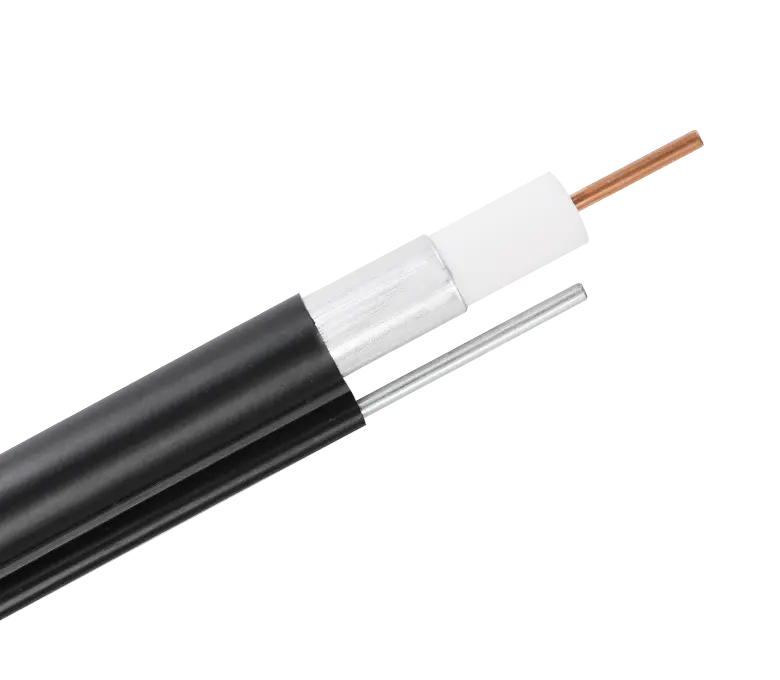
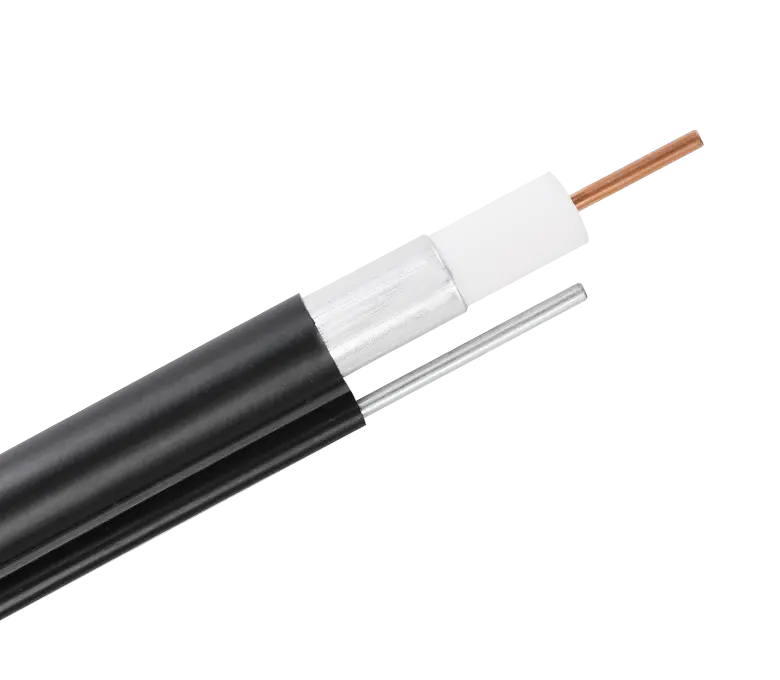
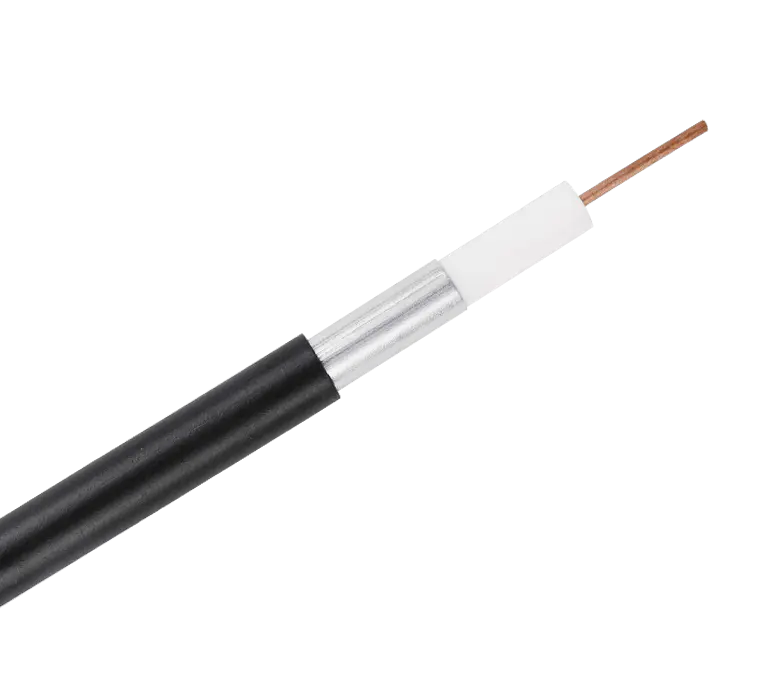
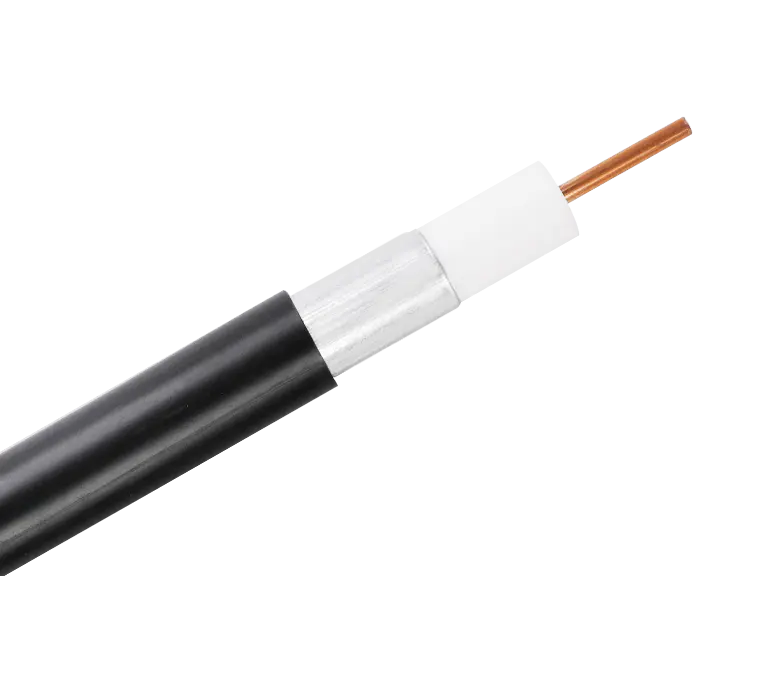
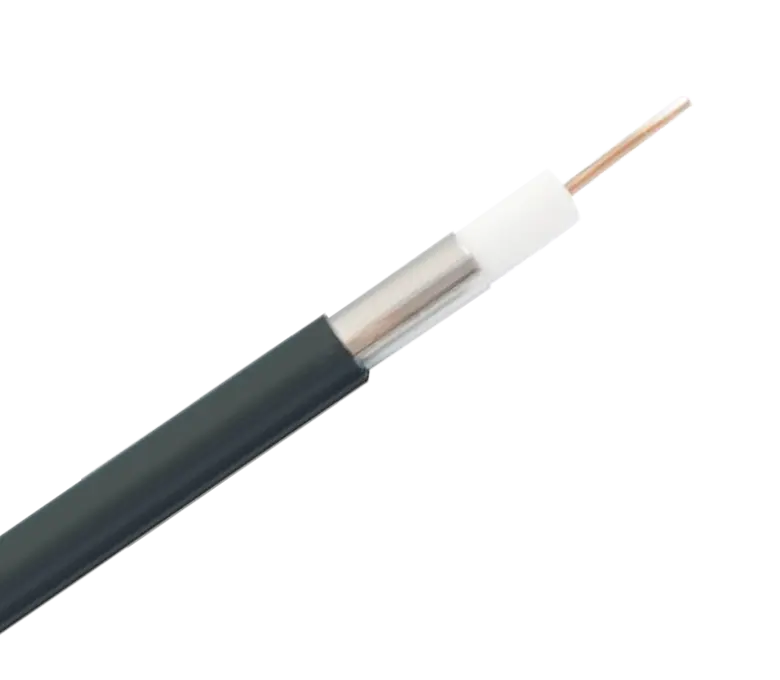
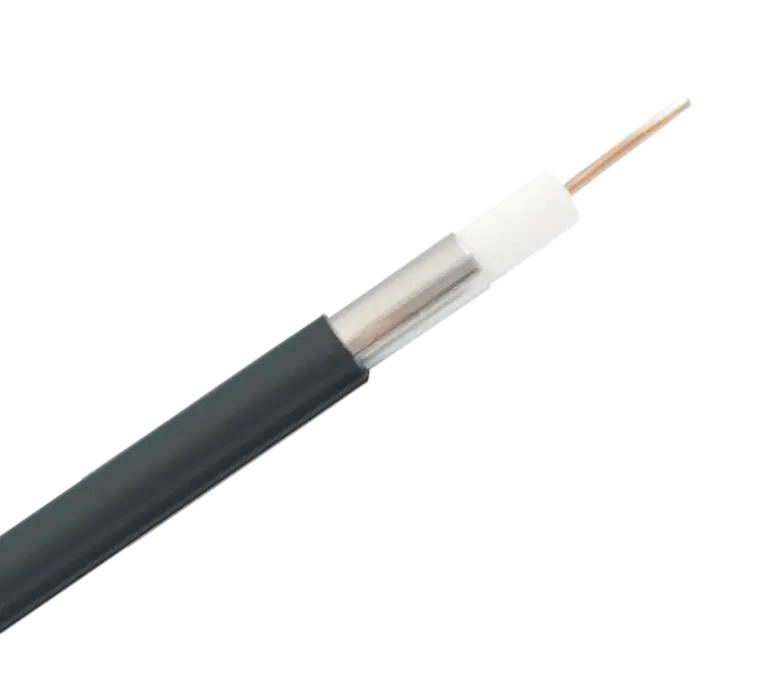
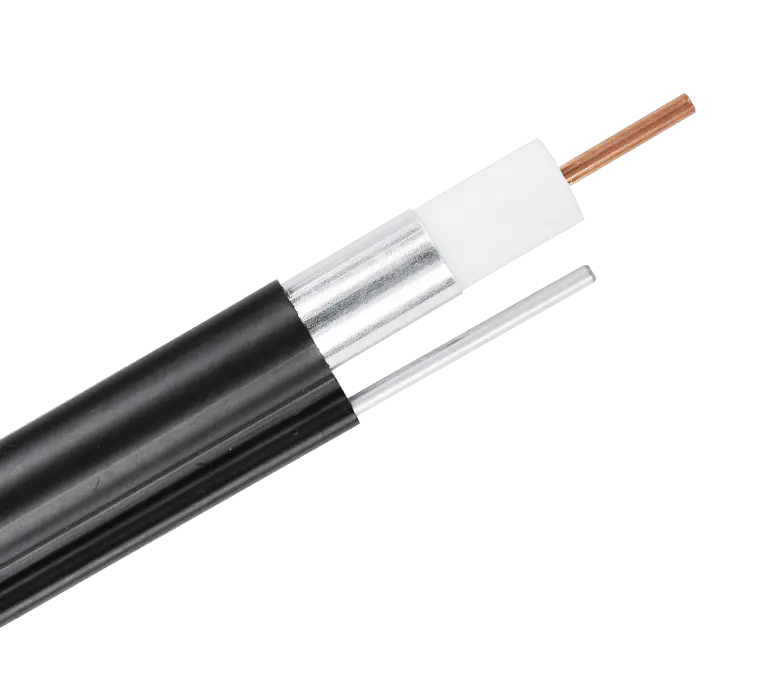
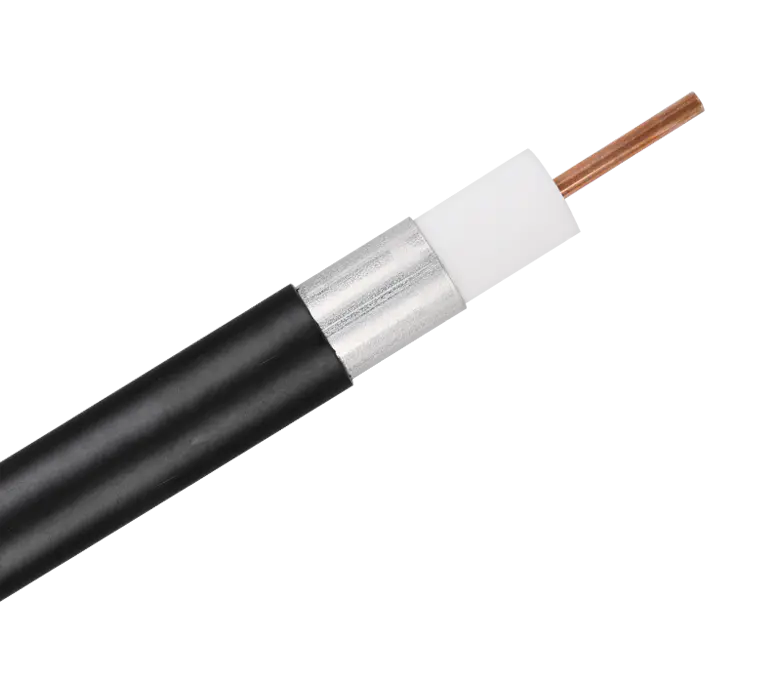
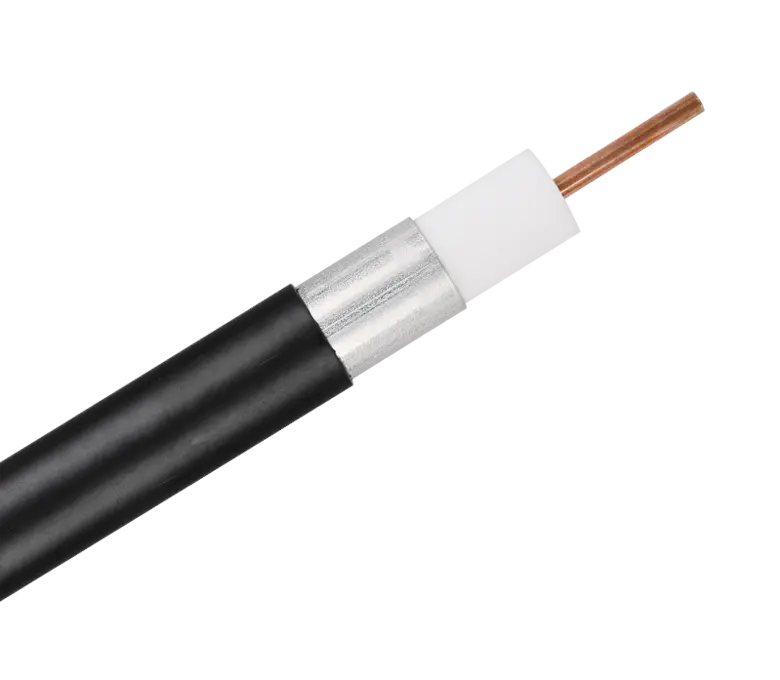
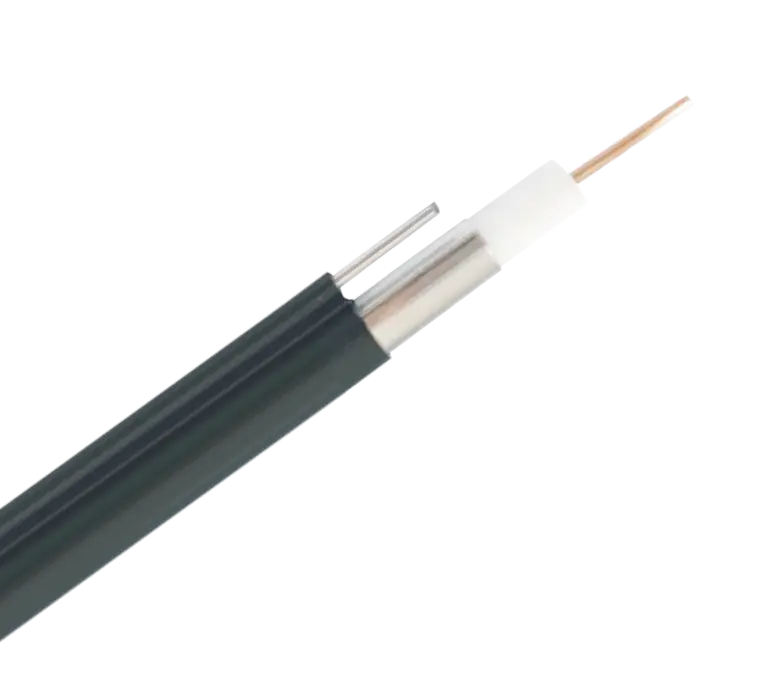
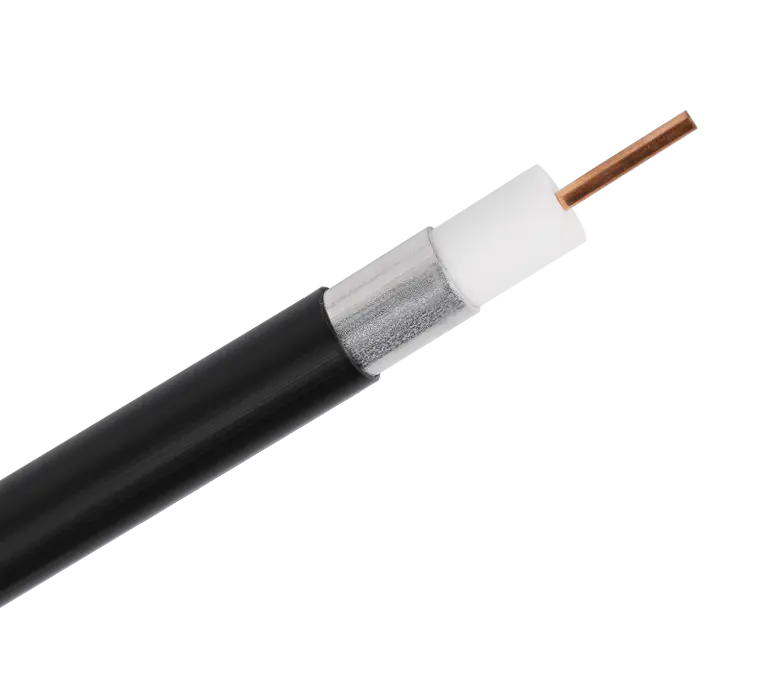
 浙公网安备33018502001191号
浙公网安备33018502001191号